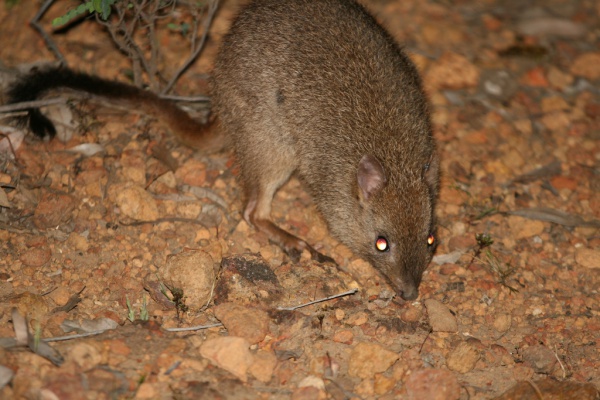Facts About Brush-tailed Bettong, Woylie
The woylie, also known as the brush-tailed bettong, is a small, captivating marsupial native to Australia. This endearing creature belongs to the Bettongia genus and has two subspecies: B. p. ogilbyi, and the now-extinct B. p. penicillata. The woylie was first described scientifically in 1837 by J. E. Gray. The name "woylie" is derived from the Nyungar language, reflecting its significant cultural ties to Australia.
With its grey-brown fur and rufous-brown tail, the woylie measures between 310 and 380 millimeters in length and weighs approximately 1.3 kilograms. These animals were once widespread across southern Australia but suffered a dramatic population decline due to various threats. Introduced predators like the red fox and feral cats, habitat destruction from land clearing, and competition with grazing animals all contributed to their decline.
Conservationists have made diligent efforts to rescue the woylie from the brink of extinction. Measures to control predators and reintroduce woylies to their former habitats led to a population surge in the late 20th century. However, the early 2000s saw another downturn. By 2011, there were fewer than 5,600 woylies left in the wild, placing them in the critically endangered category.
Woylies are mostly nocturnal and have a particular fondness for underground fungi, making them fungivores. They construct cozy, dome-shaped nests and exhibit some unique behaviors when startled. In the wild, woylies typically live for about four to six years and can breed year-round if conditions are favorable. Today, they are primarily found in predator-free sanctuaries and conservation areas, with ongoing efforts focused on safeguarding them and protecting their habitats.
